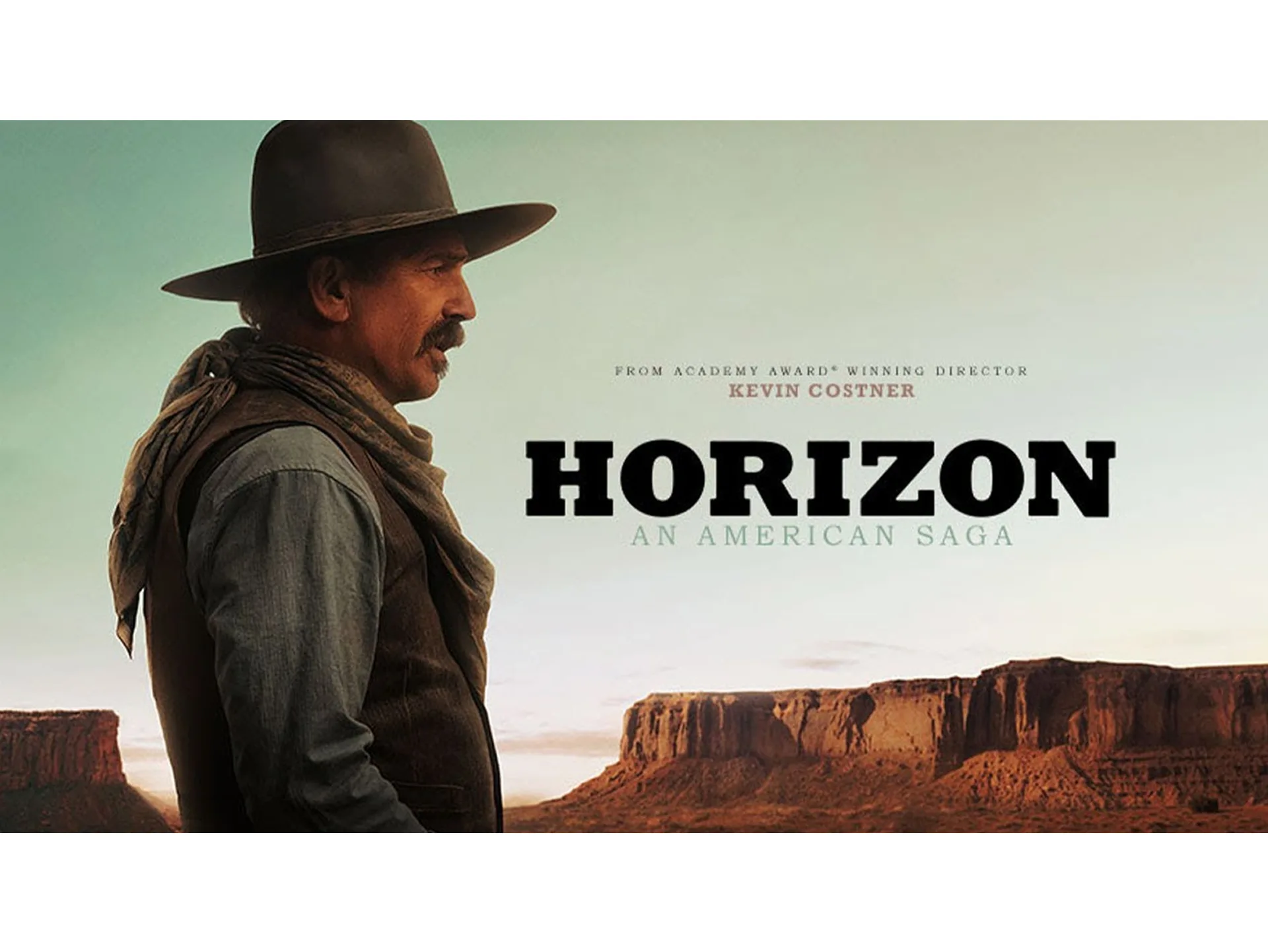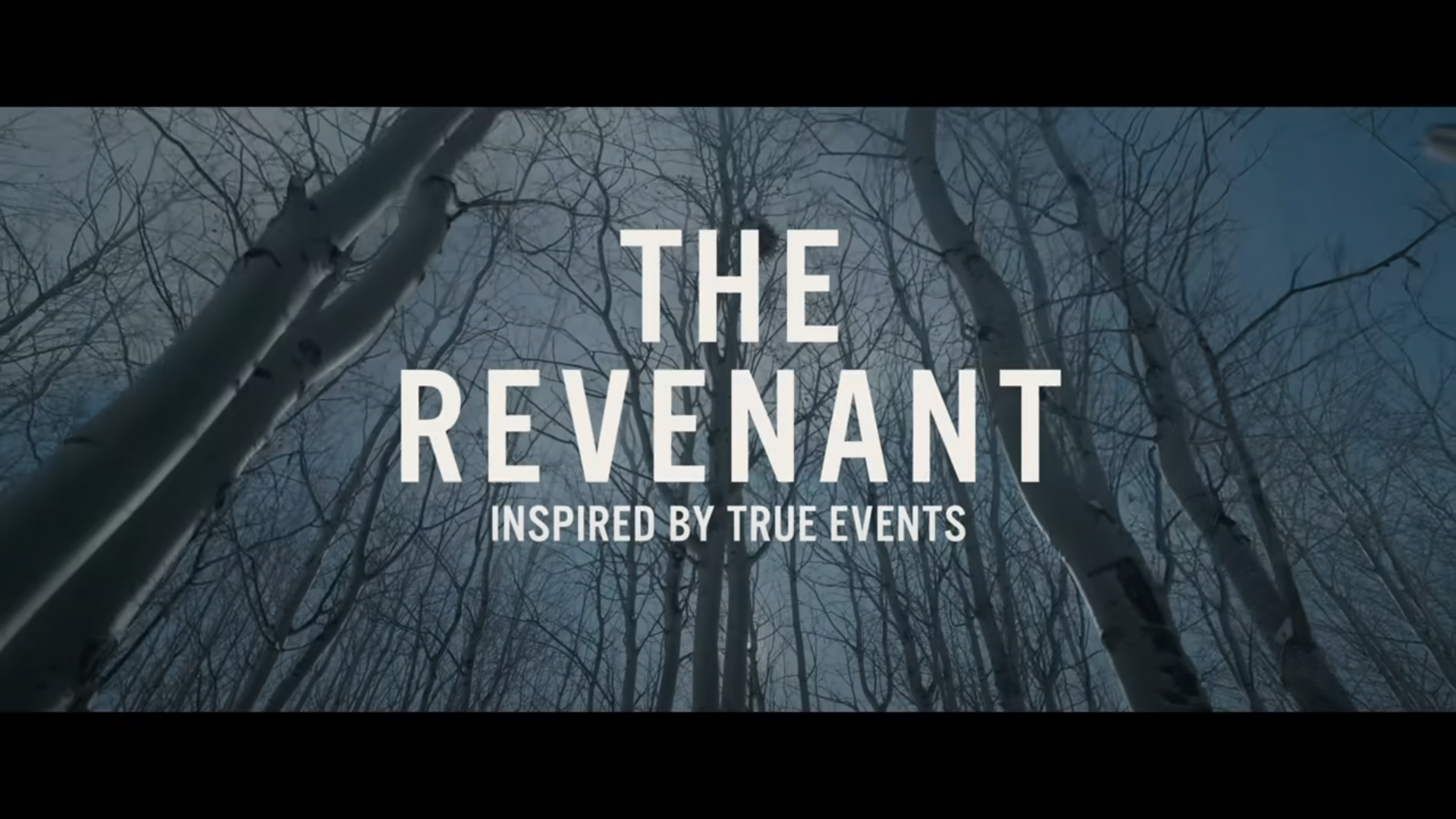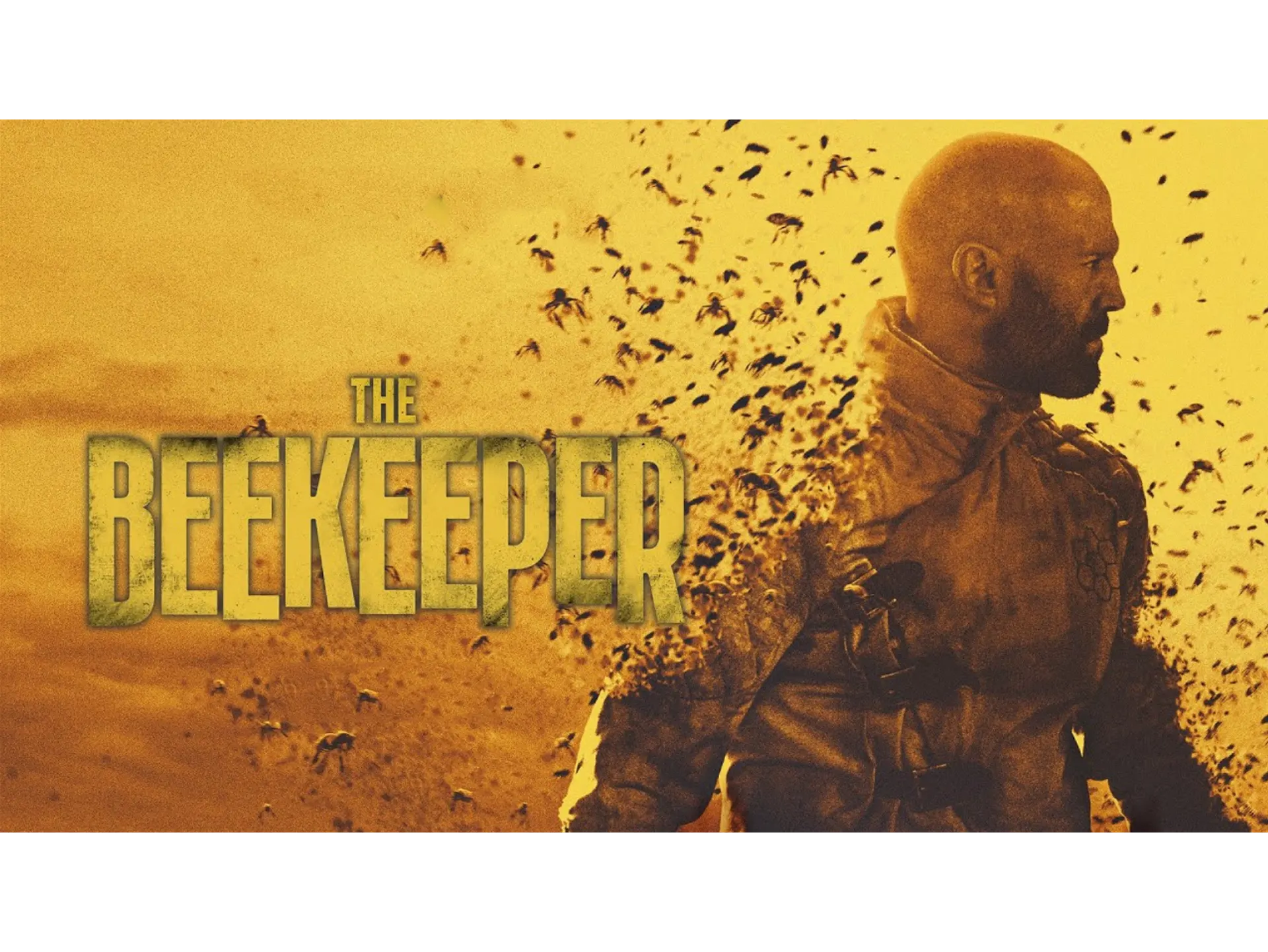Horizon: An American Saga – Chapter 1 is an ambitious film that explores the complexities of the American frontier during a pivotal period in history. Directed by Terence Malick, this multi-layered narrative dives into the struggles, hopes, and dreams of its characters as they navigate the challenges of survival and identity in a rapidly changing world. Its sweeping cinematography, compelling storytelling, and profound themes make it a must-watch experience for film lovers and history enthusiasts alike.
Captivating Storyline
At the heart of Horizon: An American Saga – Chapter 1 is a richly woven storyline that captures the essence of American history through the lens of its diverse characters. The film chronicles the journeys of settlers, indigenous people, and outlaws, showcasing their interconnected lives as they face the trials of life on the frontier.
The film’s narrative structure is particularly noteworthy, as it intertwines individual stories and perspectives, creating a kaleidoscope of insights into life during this turbulent era. Each character is developed with depth and complexity, making it easy for audiences to connect with their struggles and aspirations. The storyline serves as more than just entertainment; it invites viewers to reflect on themes of identity, belonging, and the human spirit’s resilience amidst adversity.
Stunning Cinematography
One of the standout features of Horizon: An American Saga – Chapter 1 is its breathtaking cinematography. Renowned cinematographer Emmanuel Lubezki, who has collaborated with Malick in previous projects, masterfully captures the vast landscapes of America, from sprawling plains to majestic mountains. The visual storytelling not only brings the setting to life but also enhances the emotional gravity of the narrative.
Lubezki’s use of natural light creates an immersive experience that draws viewers into the film’s world. The camera movements are fluid and dynamic, aligning with the characters’ journeys while creating a meditative quality that encourages contemplation. As a visual piece of art, the film elevates the genre, pushing the boundaries of how stories can be told cinematically.
Deep Character Exploration
In Horizon: An American Saga – Chapter 1, characters are more than mere participants in the plot; they are fully realized individuals with their own dreams and struggles. The film dedicates time to exploring their backgrounds, motivations, and transformations, creating a rich tapestry of human experience.
For instance, the central character grapples with their identity as they endeavor to carve out a new life in an unfamiliar land. The film does not shy away from depicting the harsh realities of frontier life, including the moral dilemmas faced by the characters. This depth in character exploration allows viewers to empathize with their journeys, enriching the overall viewing experience. The performances are both nuanced and powerful, with each actor bringing authenticity to their role, further cementing the film’s impact.
Themes of Survival and Identity
Horizon: An American Saga – Chapter 1 delves into prominent themes of survival and identity as its characters confront the challenges of life on the frontier. Survival is not only a physical struggle against the elements but also a psychological quest for belonging and purpose. Throughout the film, characters are often presented with choices that reflect their values and beliefs, prompting viewers to question what they would do in similar situations.
Identity is intricately linked to the landscapes the characters inhabit. The frontier is not just a backdrop; it is an active participant that shapes their experiences. As the characters navigate cultural clashes, personal fears, and societal expectations, they also begin to define who they are in a world that is constantly changing. The exploration of these themes resonates deeply with contemporary audiences, making the film relevant to discussions on identity today.
A Historical Perspective
Beyond its narrative and visual achievements, Horizon: An American Saga – Chapter 1 serves as a profound reflection on American history. The film portrays the complexities of the frontier experience, emphasizing that it was shaped not by one group alone but by the interactions and conflicts between various peoples.
It thoughtfully addresses the impact of European colonization on indigenous populations while highlighting the stories of settlers trying to build a new life. This balanced perspective invites audiences to critically engage with historical narratives, challenging oversimplified versions of history that often overlook the nuances and perspectives of marginalized groups. By providing this historical context, the film becomes a valuable educational resource as well as a cinematic experience.
Innovative Directing Style
Terence Malick’s directing style is distinctive and innovative, known for his poetic approach to storytelling. In Horizon: An American Saga – Chapter 1, he employs techniques that break conventional narrative structures, allowing the audience to feel more like participants in the story than mere spectators.
Malick’s use of voiceovers, dreamlike sequences, and non-linear storytelling creates a unique rhythm that encourages viewers to reflect and engage with the material deeply. Rather than solely following a linear plot, the film evokes emotions and thoughts through imagery, sound, and dialogue. This approach may challenge some viewers accustomed to traditional narratives, but it ultimately enriches the storytelling by providing layers of meaning waiting to be uncovered.
Impactful Soundtrack
The film’s score, composed by the talented Hanan Townshend, plays a pivotal role in amplifying the emotional weight of the narrative. The music complements the visuals, enhancing critical moments and further immersing viewers in the characters’ journeys.
The soundtrack is ethereal and evocative, employing orchestral elements that reflect the film’s themes of isolation, hope, and resilience. It is not merely background music but an integral part of the storytelling, guiding viewer emotions and enhancing the overall atmosphere. The integration of natural sounds, such as the wind or rustling leaves, also reinforces the film’s connection to the American landscape, allowing for a more visceral experience.
Conclusion
Horizon: An American Saga – Chapter 1 is a masterfully crafted film that pushes the boundaries of cinematic storytelling. With its compelling storyline, stunning visuals, deep character exploration, and thought-provoking themes, it offers an engaging experience that resonates on multiple levels. The film not only entertains but also invites viewers to reflect on the complexities of American history and the nature of survival and identity.
Whether you are a history buff, a lover of artful cinema, or simply looking for a powerful story, this film is a must-watch. Terence Malick’s signature style, combined with a talented cast and crew, makes Horizon: An American Saga – Chapter 1 a pivotal piece of cinema that will linger in the minds of its viewers long after the credits roll.
FAQs
1. Who is the director of Horizon: An American Saga – Chapter 1?
The film is directed by Terence Malick, known for his poetic and innovative narrative style.
2. What historical themes does the film explore?
The film explores themes of survival, identity, and the complexities of American history, particularly the interaction between settlers and indigenous populations.
3. How does the cinematography enhance the film?
The breathtaking cinematography, created by Emmanuel Lubezki, immerses viewers in the landscapes and emotional experiences of the characters, elevating the film’s narrative.
4. Is Horizon: An American Saga – Chapter 1 suitable for all audiences?
The film is suitable for mature audiences, as it deals with complex themes and includes some intense scenes that reflect the harsh realities of frontier life.
5. What makes the soundtrack significant in the film?
The soundtrack, composed by Hanan Townshend, enhances emotional moments and complements the narrative, making it an integral part of the overall storytelling experience.



